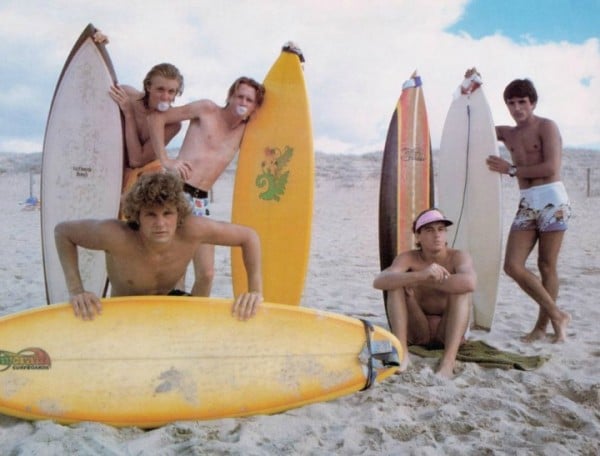
I am a child of the 1960s. I don’t mean by this that I was a Flower Child, dropping acid on the lawns at Berkeley and visible on the cover of the Woodstock album in a paisley pantsuit. I mean I was an actual child, drinking warm milk and playing elastics in windswept asphalt schoolyards in Victoria, Australia, sitting on my father’s lap as he drove the EH Holden and flattering myself that it was me steering the vehicle, rather than his discreet knee, while he commented admiringly, ‘Steady as a rock!’
Having your seven-year-old on your lap as you drive no doubt attracts a mandatory jail sentence now, but I’m looking back at the 1960s steeped in my own sort of suburban nostalgia, a magic twilit era redolent with the sensory details that make wallowing in nostalgia worthwhile: the smell of hot vinyl, the chlorine burn of tepid backyard pools, the size of the bubbles you could blow with a five-cent length of Big Charlie bubblegum, your mother’s muttering as she tried to snip the stuff out of your hair with the kitchen scissors. Getting a lucky in your Sunnyboy.
Four cents for a Barney Banana. Oh, I could go on all night, gradually wearing down my audience until only that tiny select group who reached puberty in 1975 would still be with me, gamely Googling the track list for Explosive Hits LPs and checking out Young Talent Time memorabilia on eBay at 3 a.m.
There were serious choices to be made by young men coming of age in the late 1970s in Australia, and the biggest decision of all was not: medicine or law? Or study or work? Or travel or settle down? The only choice that mattered was: HJ or HX?




























































































